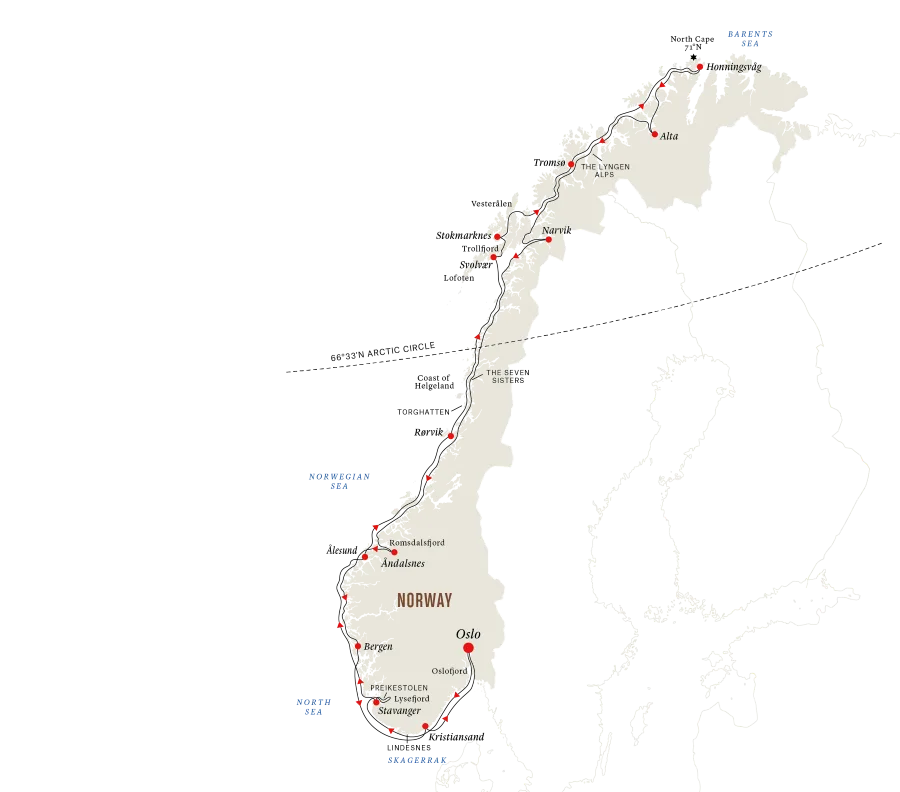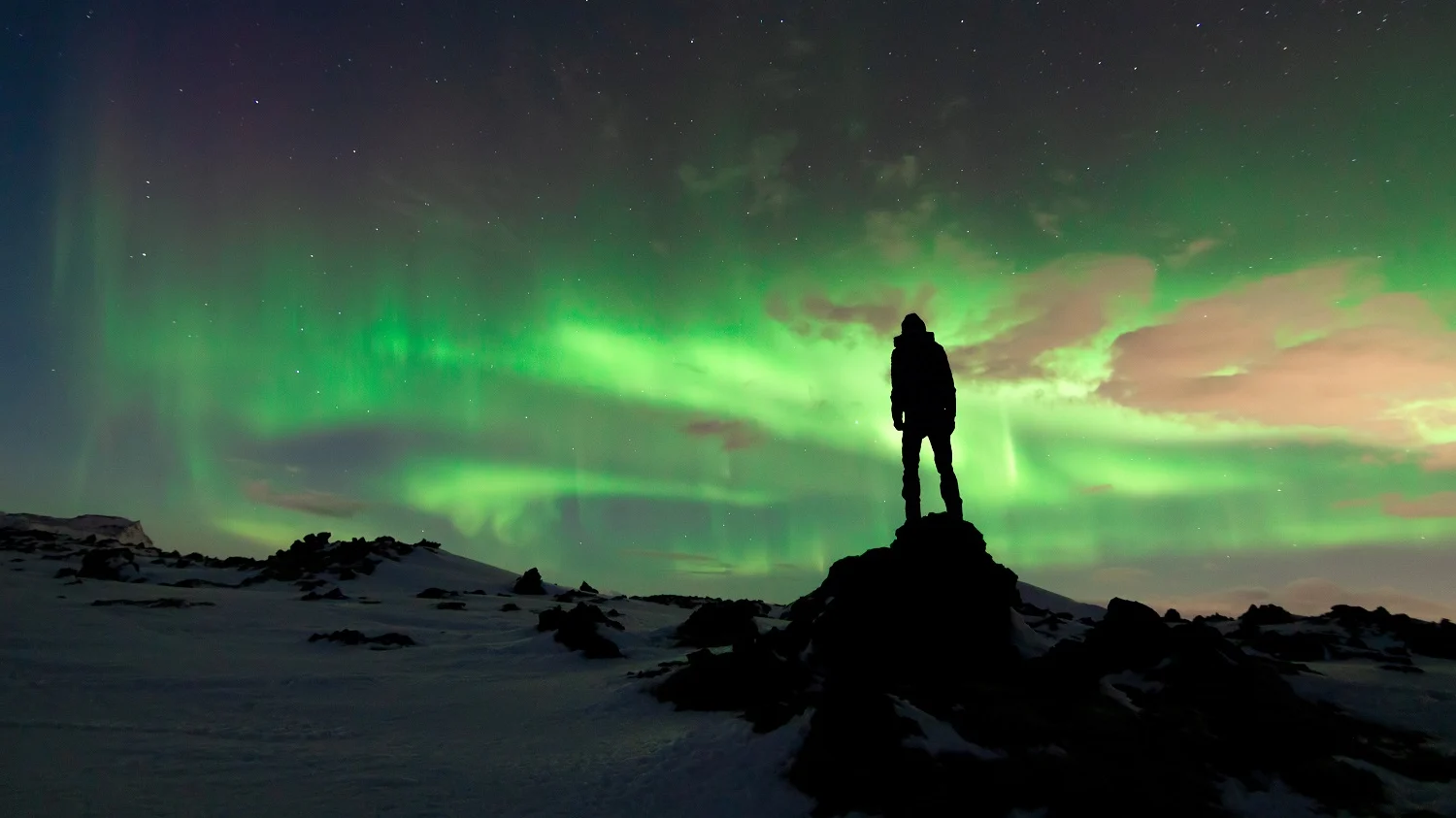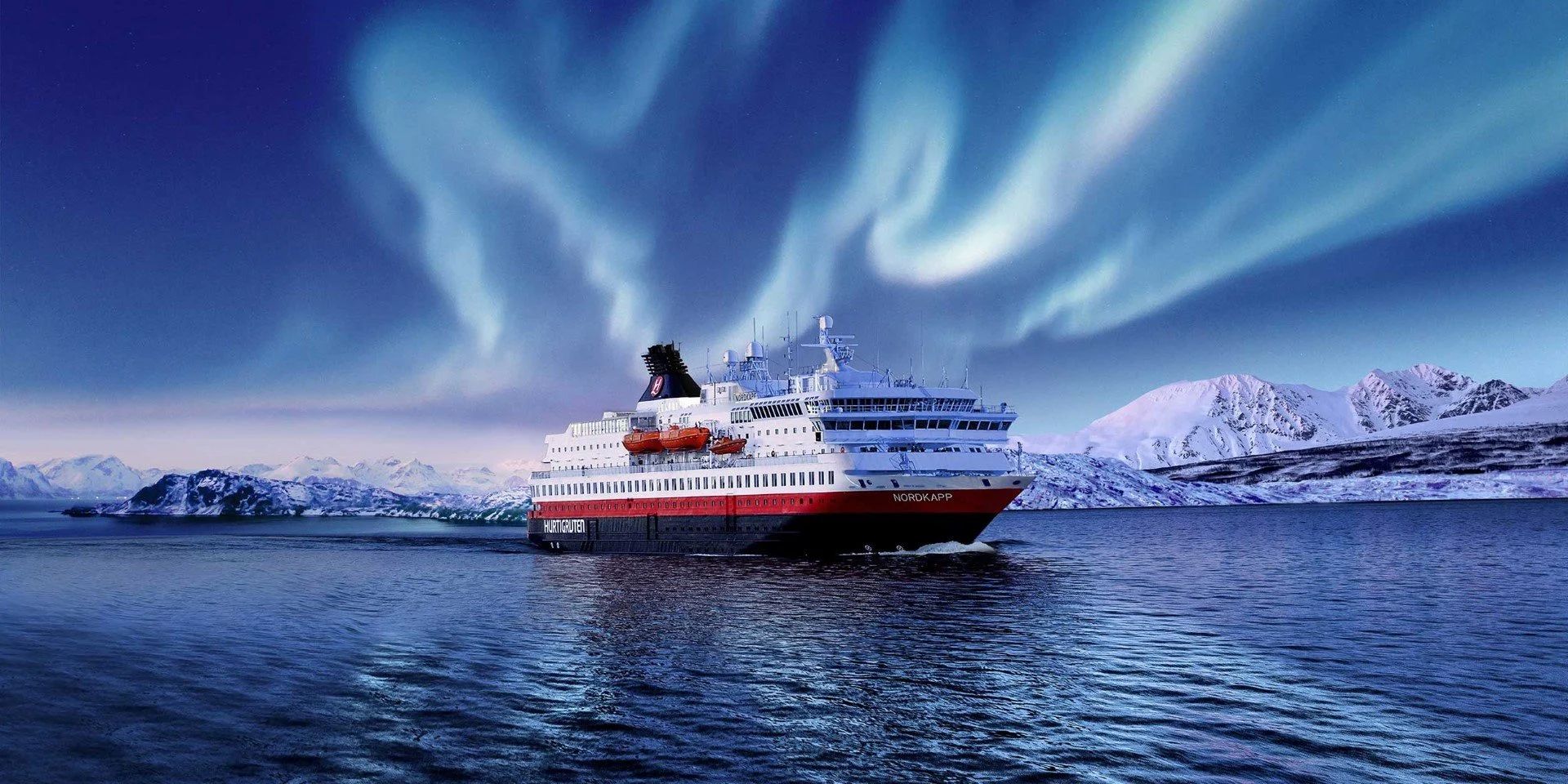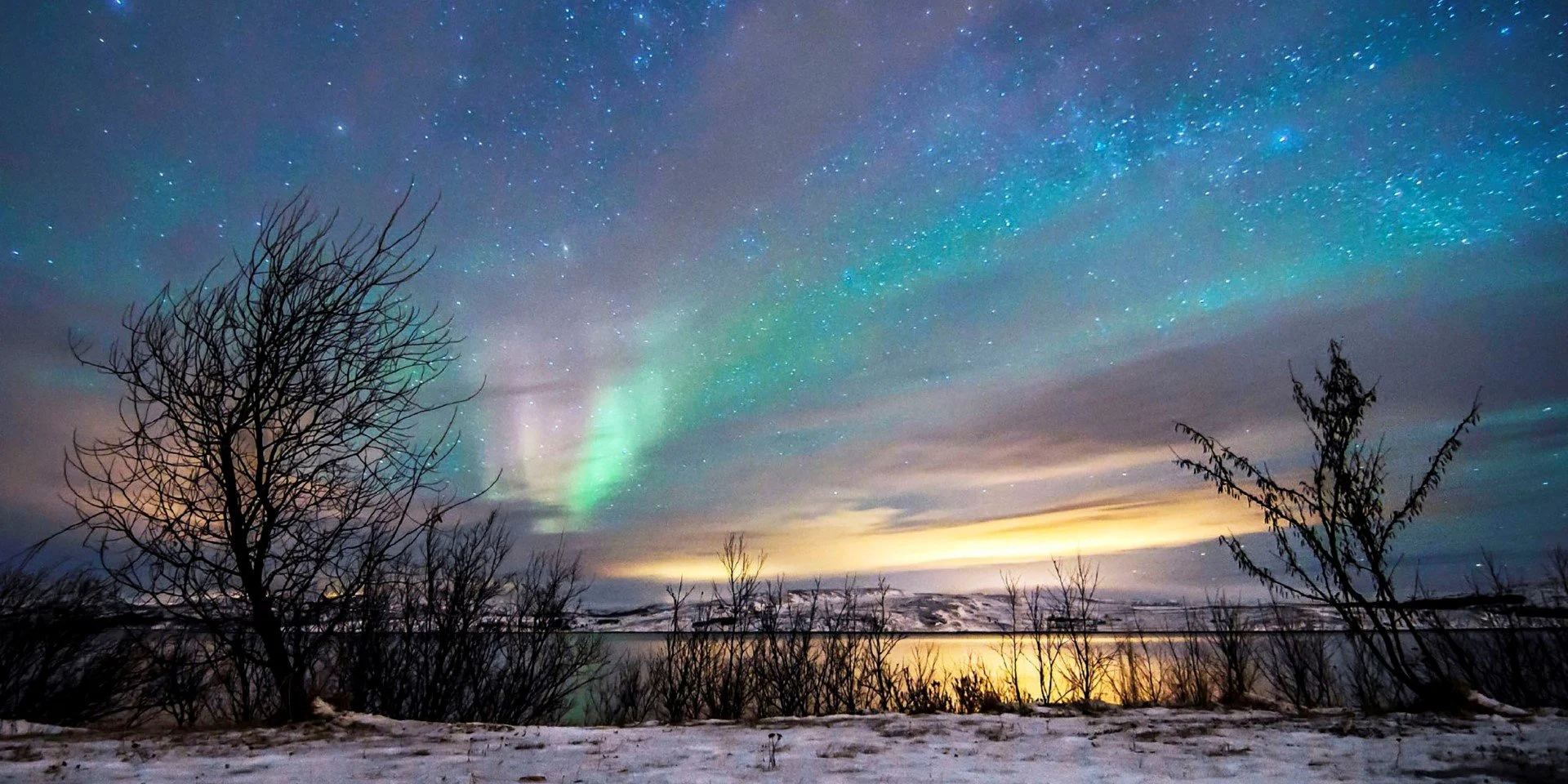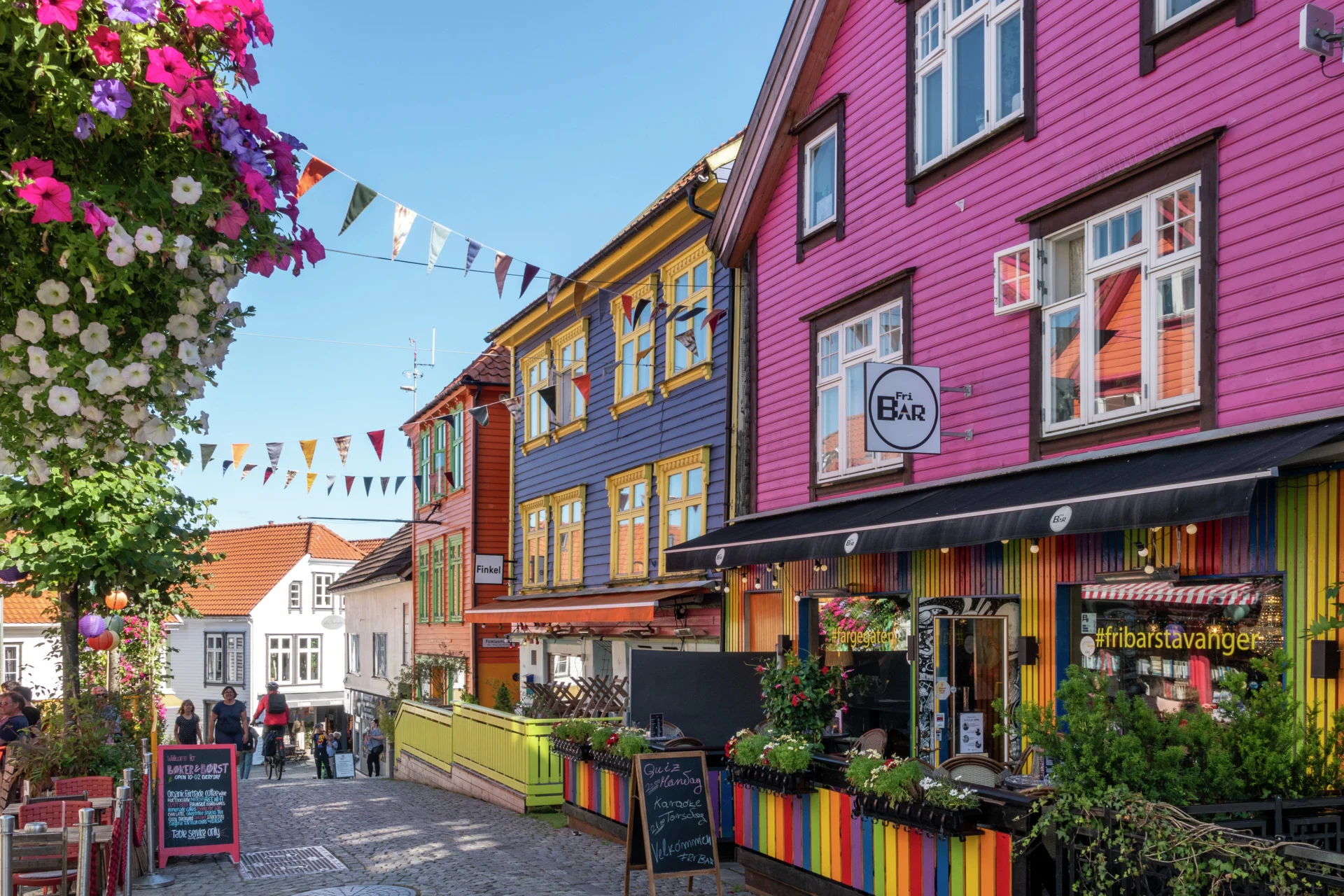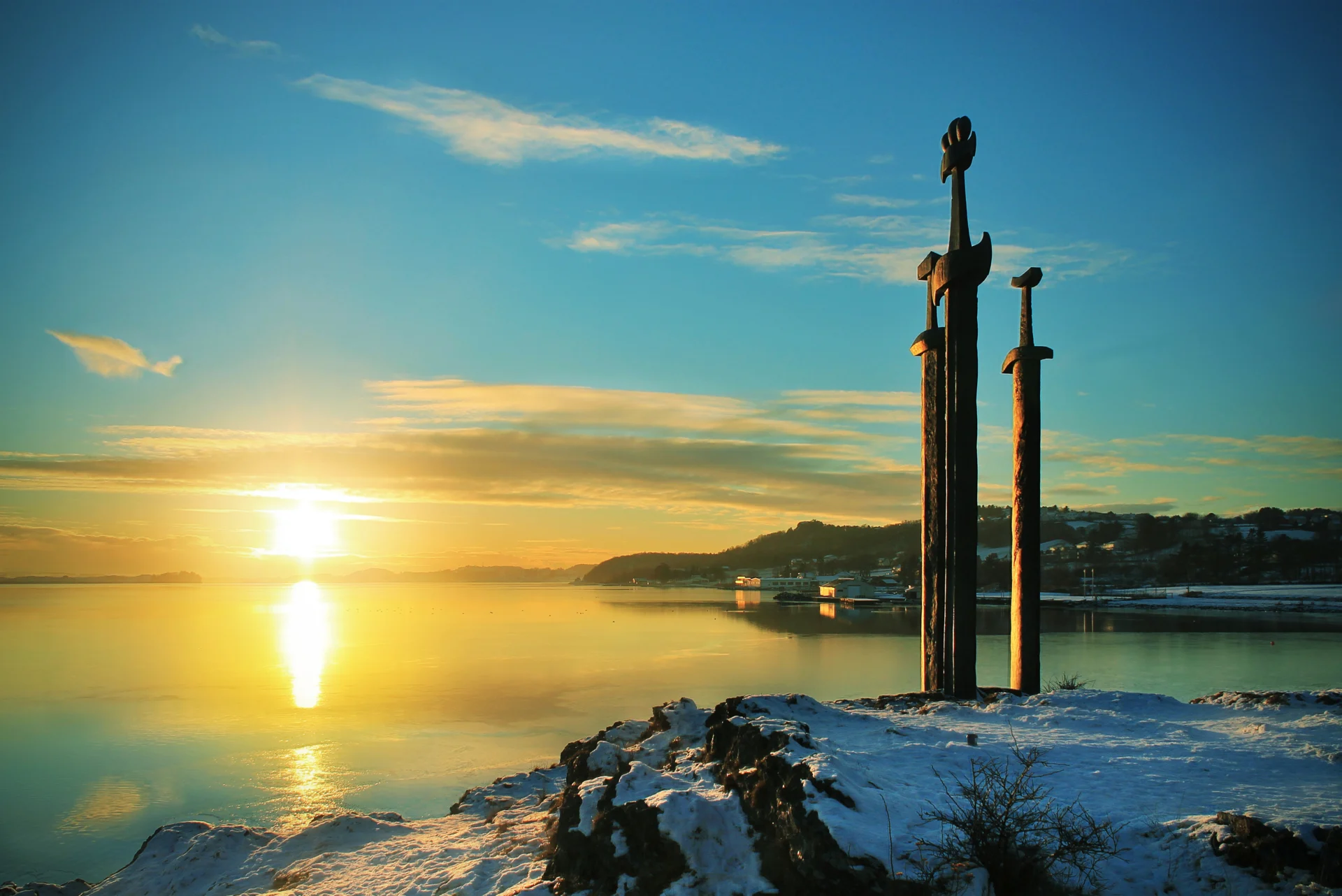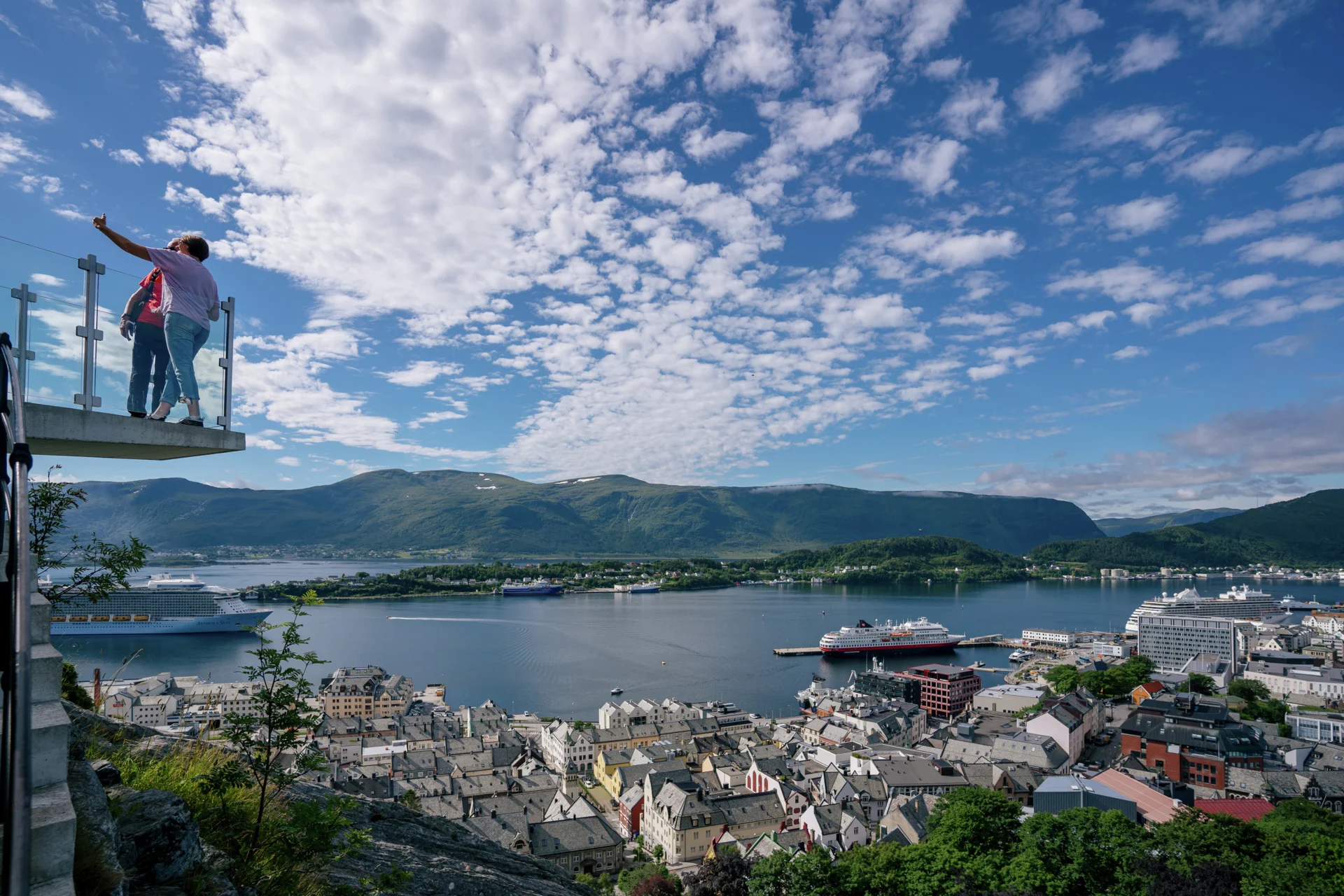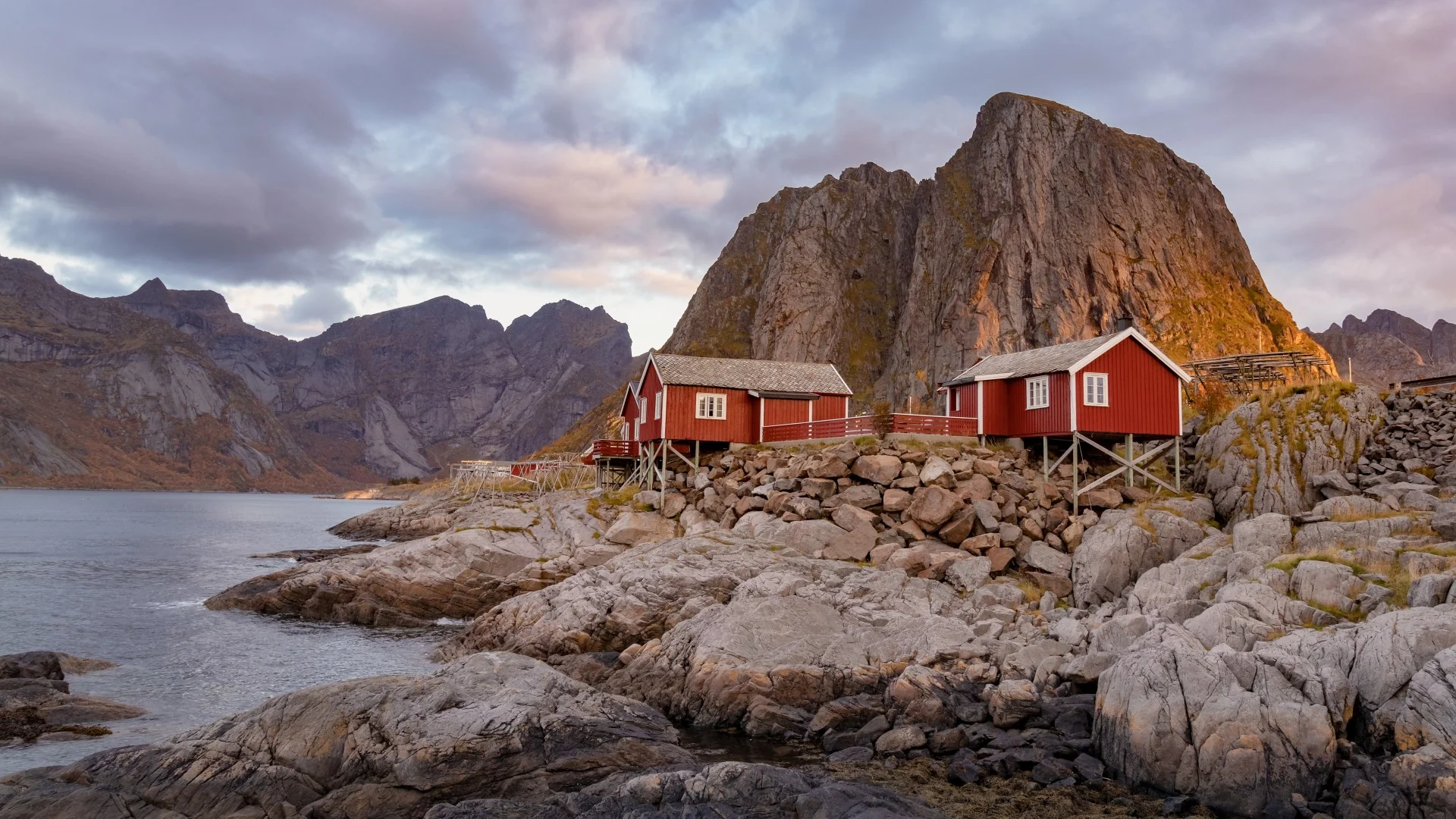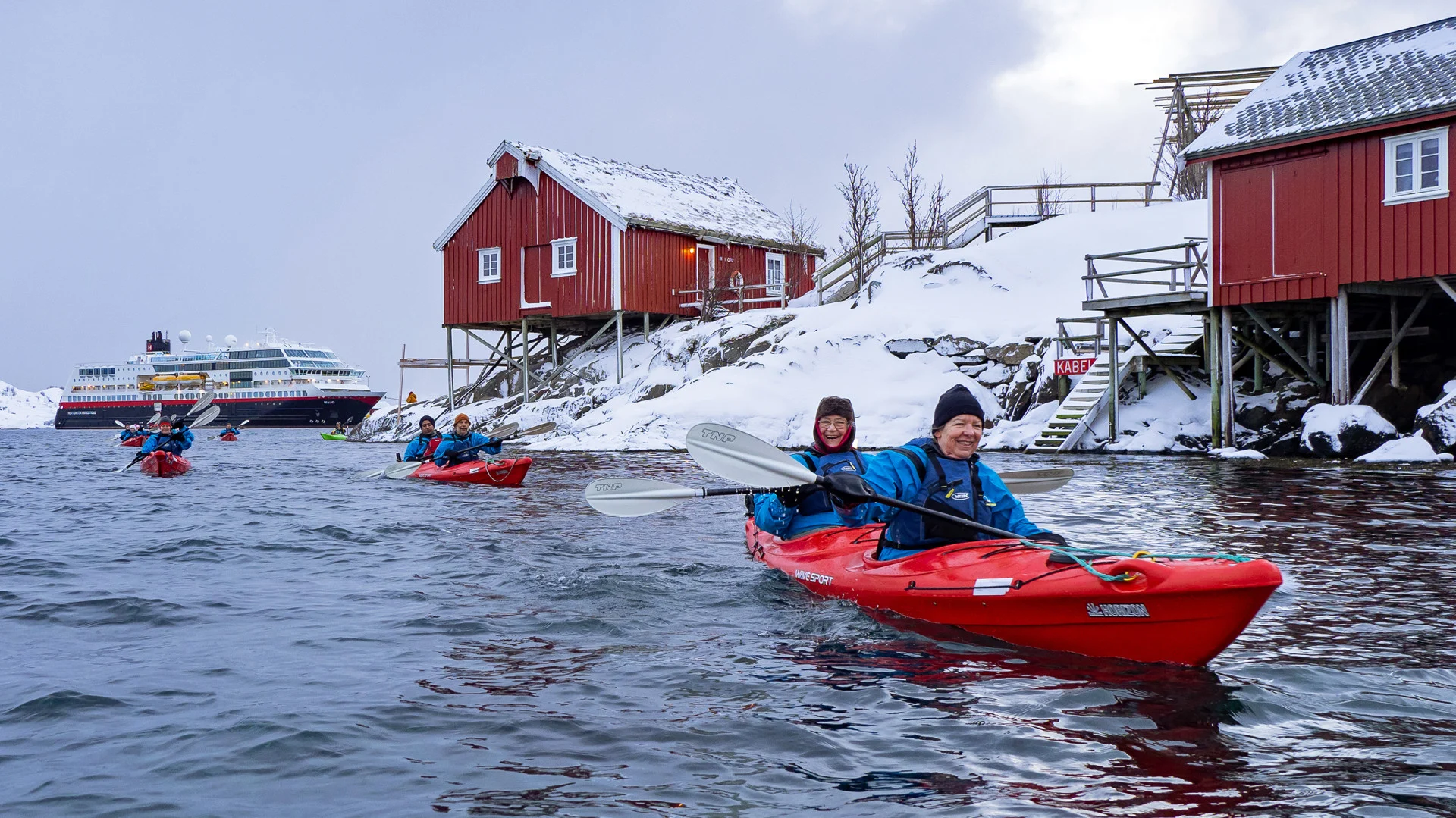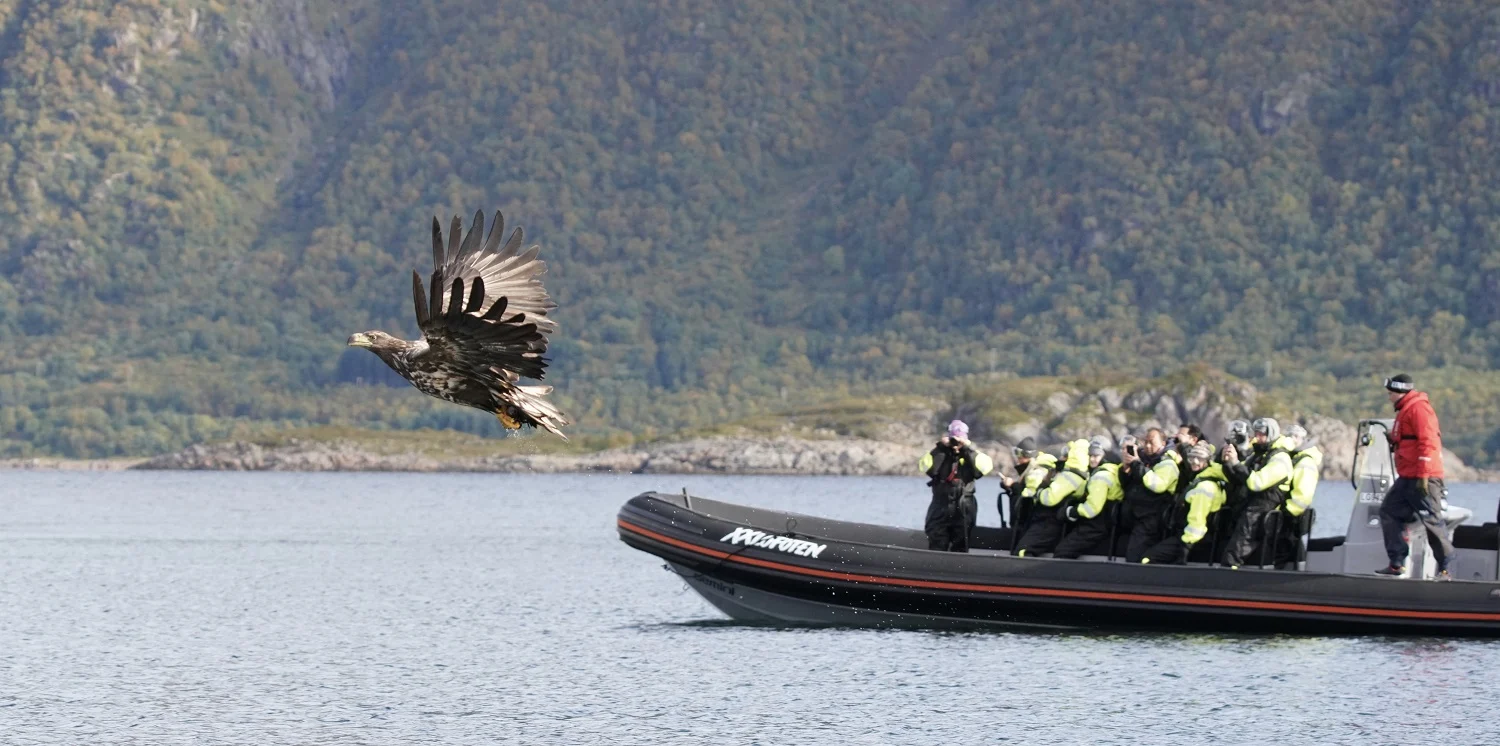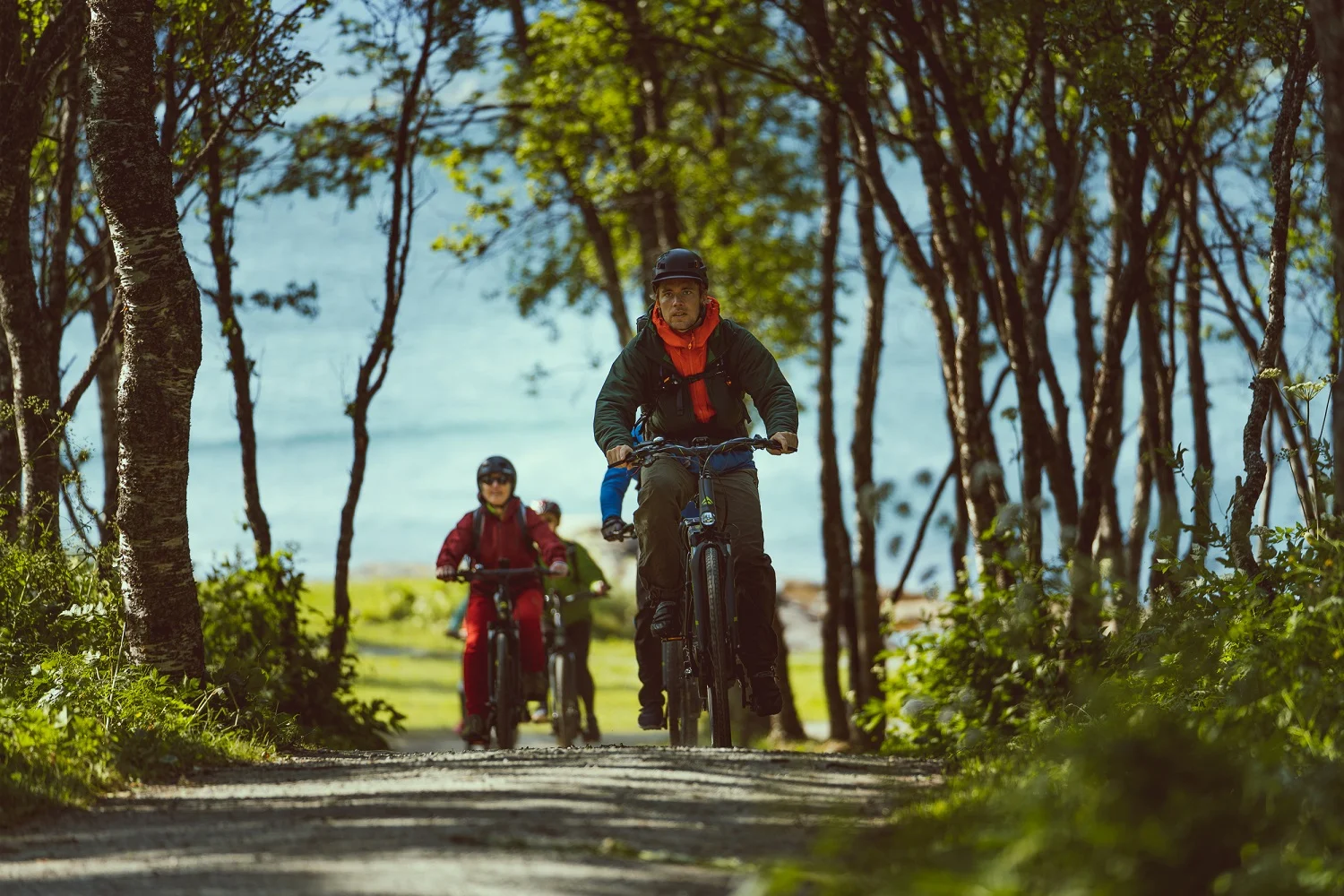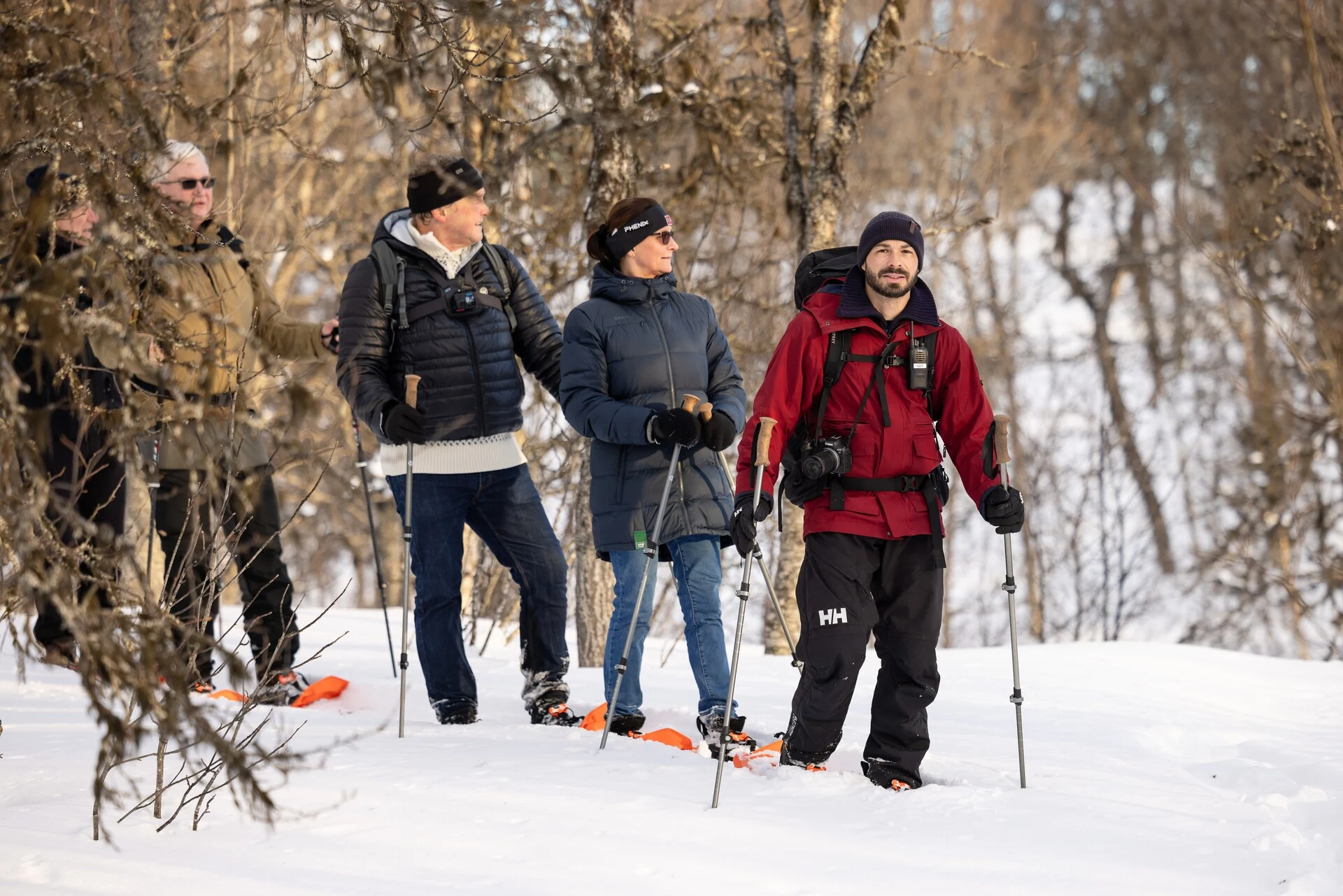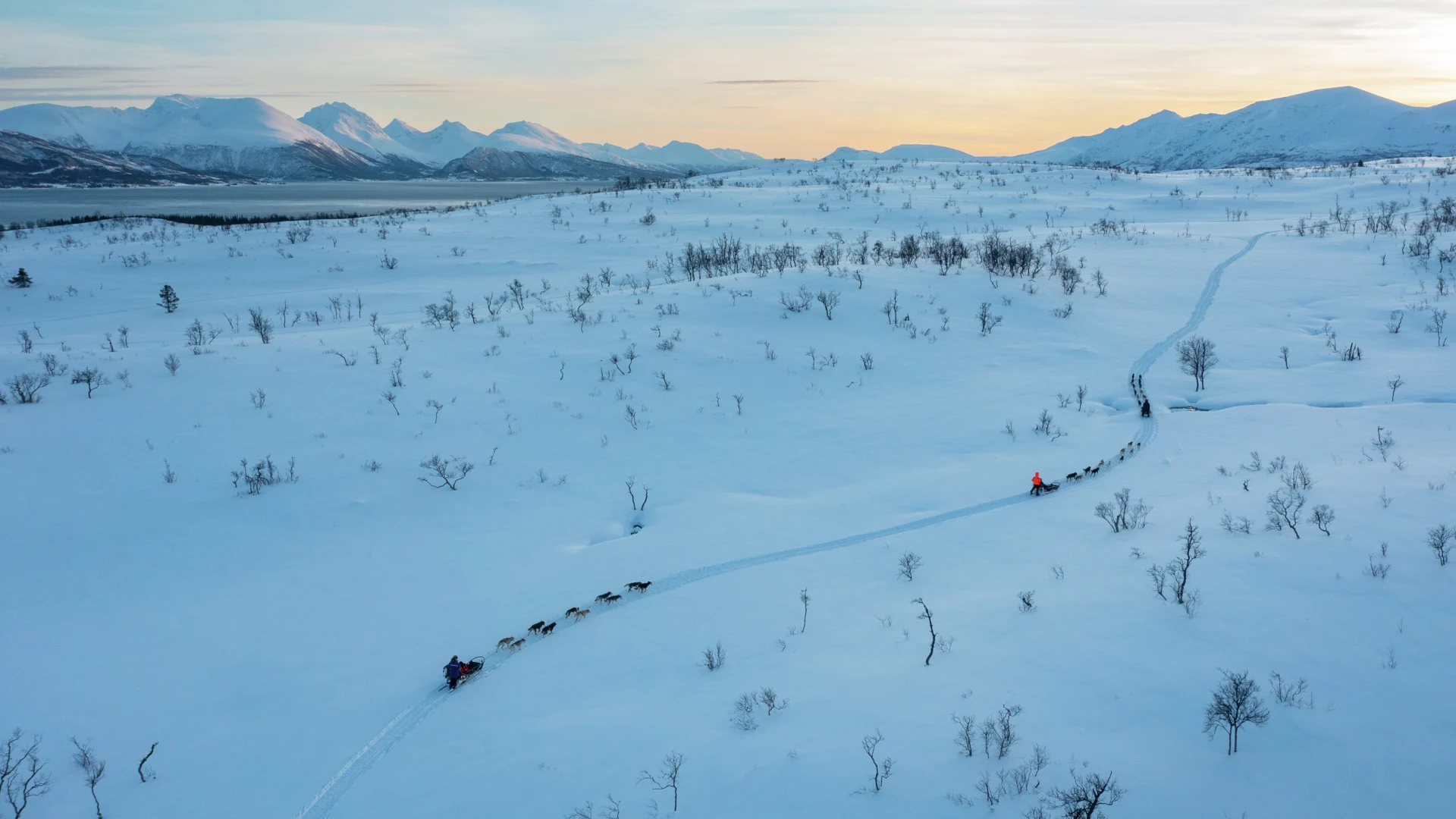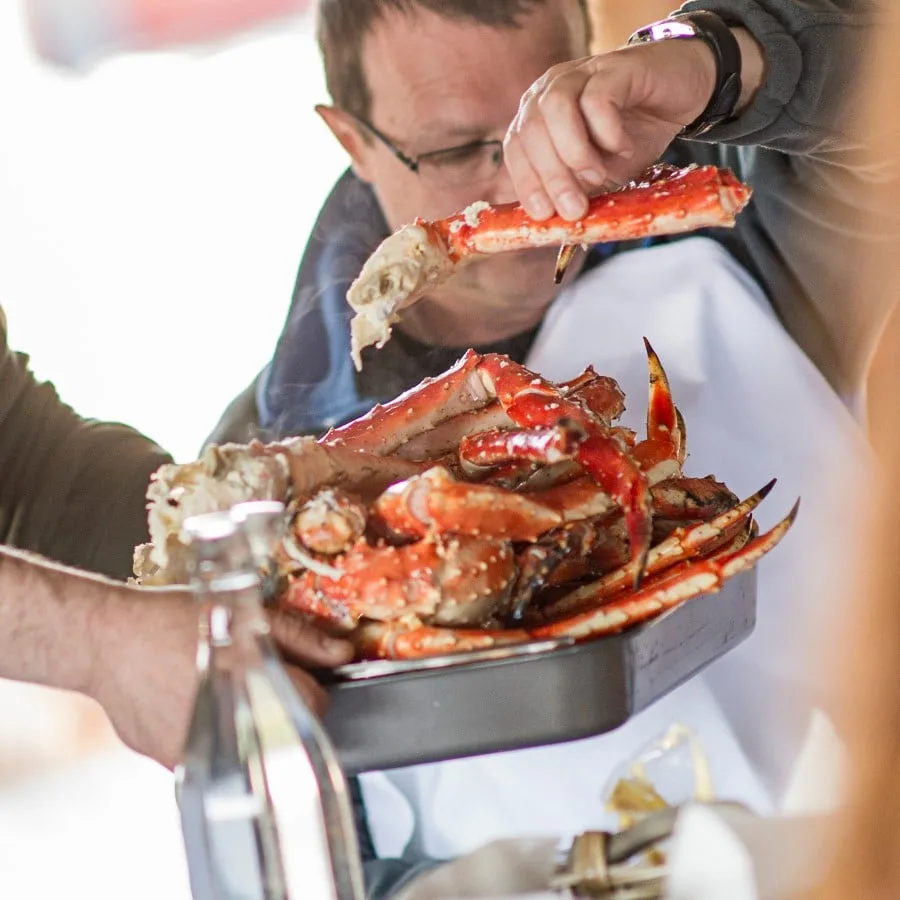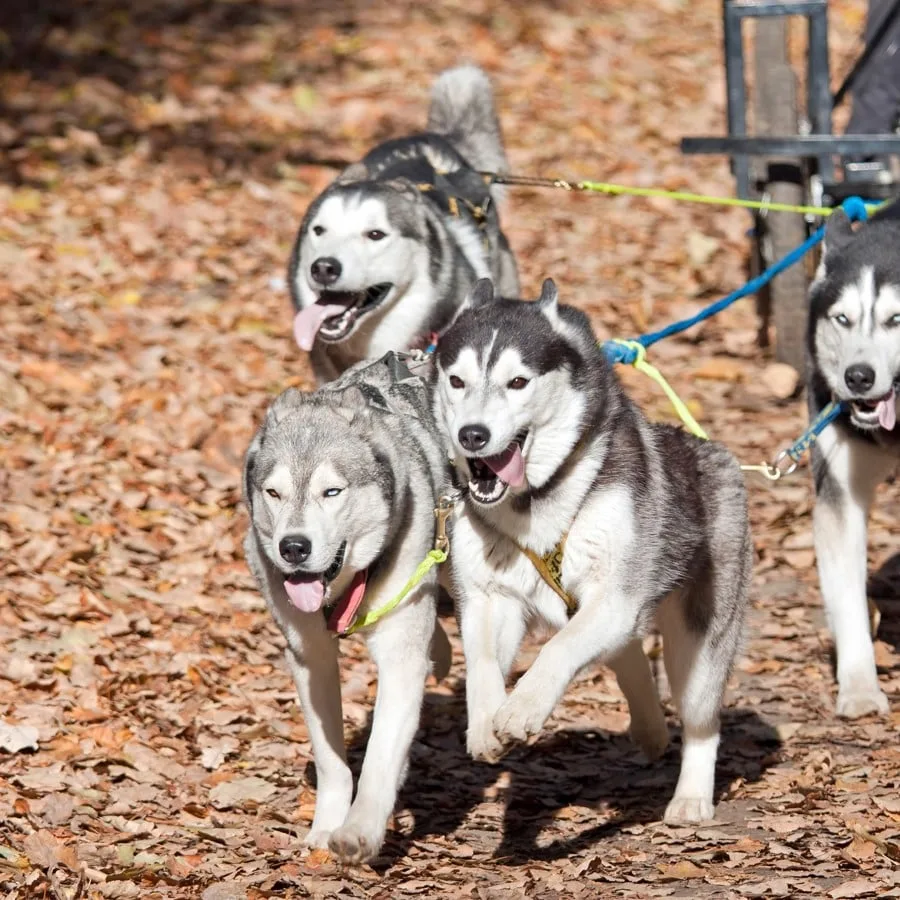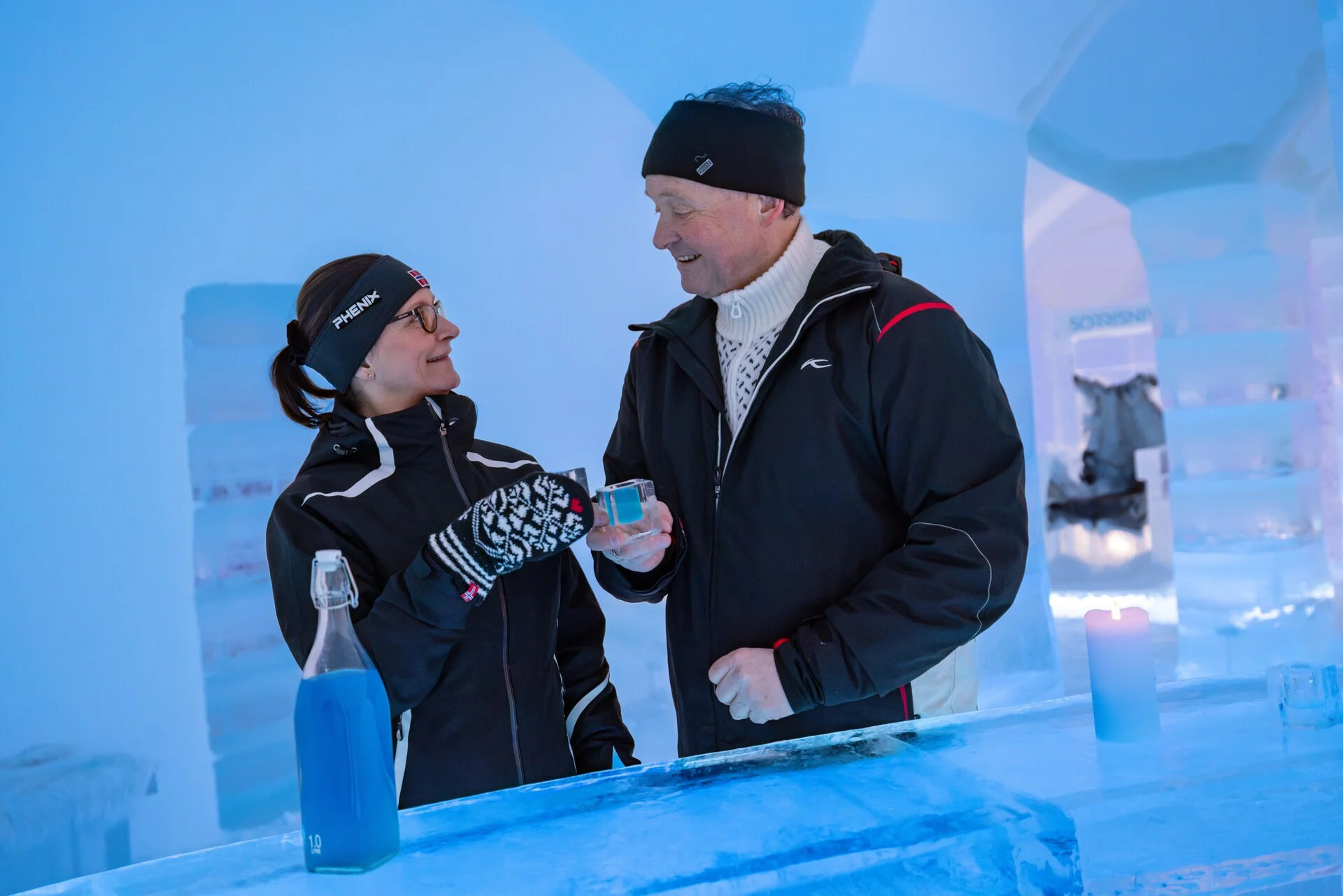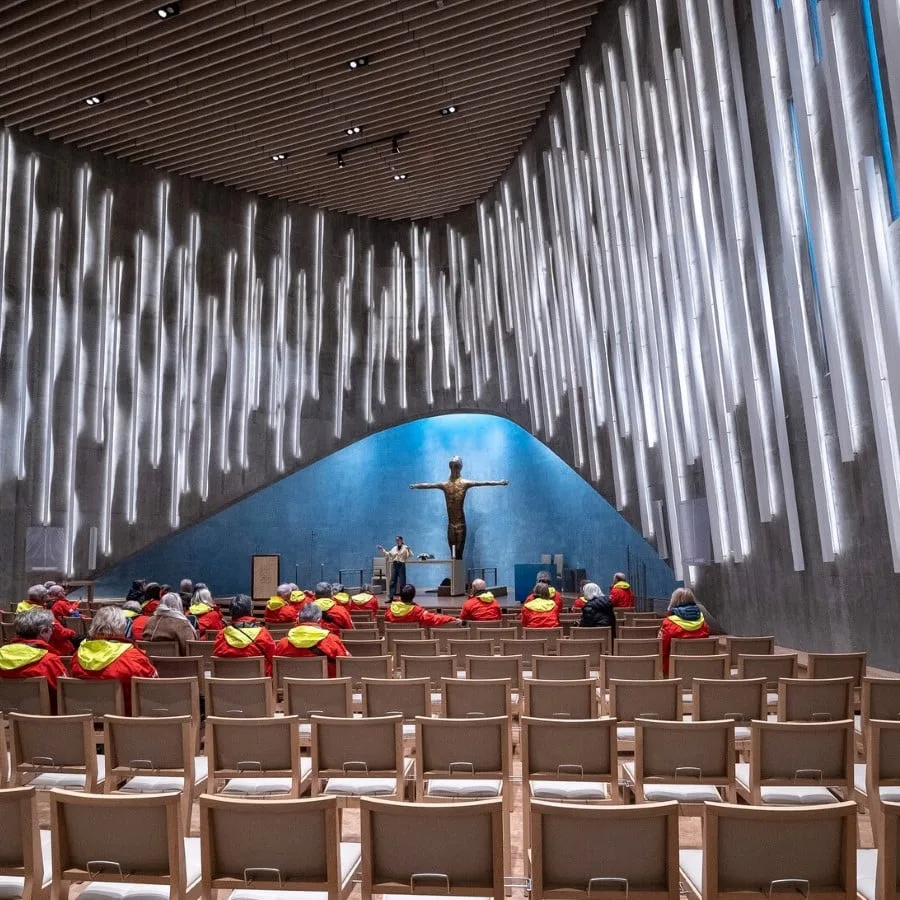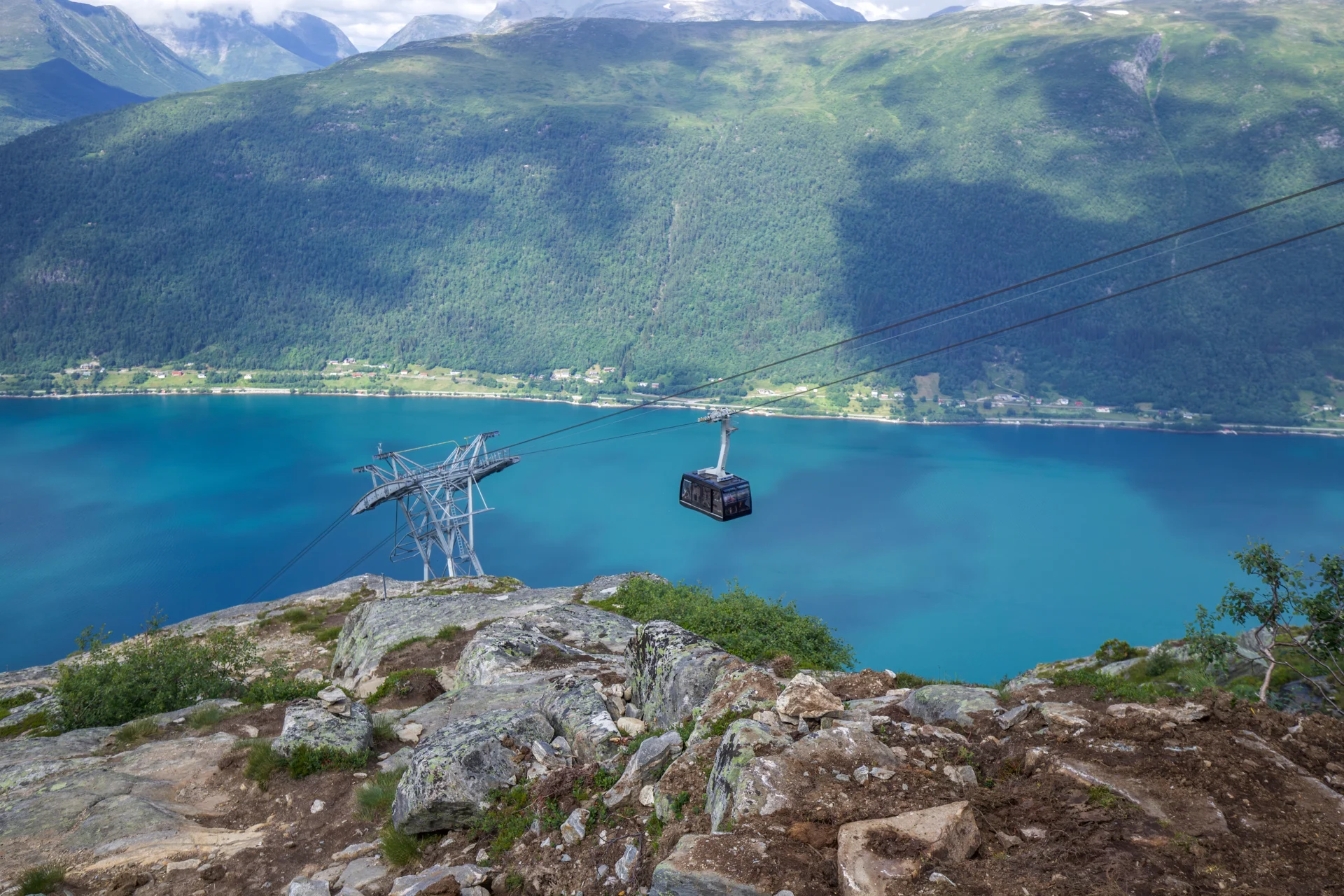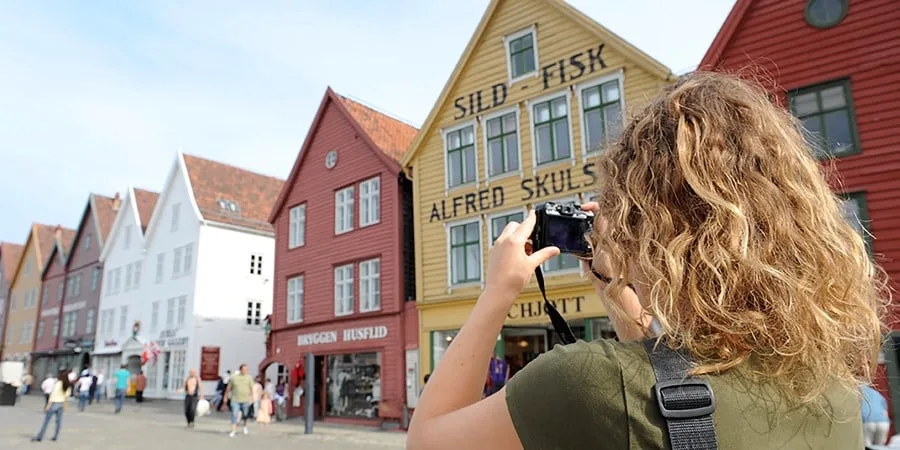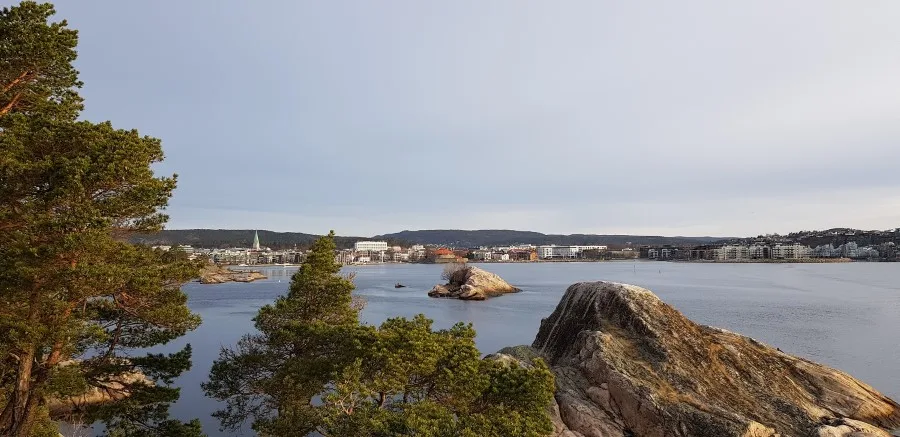
Day 1
Discovering Norway’s capital
Discovering Norway’s capital
OsloWelcome to Norway. First stop: Norway’s thriving capital, Oslo.
If you have time before you board your ship for the voyage ahead, you’ll want to explore the many charms this cosmopolitan capital has to offer. Make your way to the city centre, where you can take snaps of the architecturally distinct Rådhuset town hall, Royal Palace, and Oslo Cathedral.
As afternoon turns towards evening, board your ship, MS Trollfjord. Once we’ve welcomed you and you’ve settled into your cabin or suite, you’ll meet your Coastal Experience Team. You’ll get to know each member of the team as they give lectures and organise onboard activities throughout your voyage.
Meet your fellow guests in the ship’s two-storey panorama lounge and watch as the capital’s twinkling lights fade into the distance.

Day 2
Settle in at sea
Settle in at sea
This is your chance to settle into your cabin, get a taste of Norway’s coastal cuisine in the ship’s three restaurants and bar, and start to get to know your fellow passengers.
You’ll have time to simply watch Norway’s spectacular southern coast glide by. Take it all in from the expansive Observation Deck, from the comfort of your ship’s two-storey lounge and bar, or as you sweat it out in the panoramic sauna.
As well as the views, this stretch of coast is home to more than its fair share of enthralling stories. Find out more about Norway’s coast and the voyage ahead in the lectures, presentations, and onboard activities planned for today.

Day 3
Fjord views and city culture
Fjord views and city culture
StavangerToday, you’ll wake to views of beautiful Lysefjord. The 26-mile-long fjord is home to one of Norway’s most famous sights: Preikestolen (The Pulpit Rock), which towers 604 metres above the fjord’s shimmering waters.
Kjerag mountain, at the end of the fjord, reaches even higher. Along the way, watch for mountain goats, waterfalls, and the famous Kjeragbolten, a glacial boulder wedged high up in a crevasse.
You’ll spend much of the rest of the day in Stavanger, a colourful waterside city with an international ambience and a lively cultural scene. Discover the architectural relics of Gamle (Old) Stavanger, which includes Northern Europe’s best-preserved collection of wooden houses, and Norway’s oldest cathedral, dating from the 12th century.
You can also visit the Norwegian Petroleum Museum, pop into a local boutique shop, or simply enjoy a beer on the waterfront.

Day 4
A picturesque town
A picturesque town
ÅlesundAfter breakfast on the ship, we’ll dock at Ålesund, a town that spreads out across a string of islands.
Many of the buildings here, from the bright colours to the rounded spires, were inspired by the Art Nouveau style, which was popular in the early 1900s. You can get impressive photos of the archipelago from the nearby Mount Aksla viewpoint.
You can also visit the Atlantic Sea Park, Norway’s first marine science centre. This is one of Northern Europe’s largest saltwater aquariums, providing a home to seals, otters, and crabs, as well as many other kinds of marine life. You can even see Humboldt Penguins here, a species otherwise absent north of the equator.
Join an optional excursion to explore Ålesund on foot or by bus, as your guide reveals the town’s surprising secrets to you.

Day 5
An ancient fishing town
An ancient fishing town
Rørvik - surrounded by thousands of islandsThe cosy fishing port of Rørvik in the picturesque Vikna archipelago may look small but it has a huge history that is told through both the landscape and the town’s collection of museums.
Here, you can join an optional excursion and time travel through the last 10,000 years and get a glimpse of the future, thanks to the Ice Age-carved landscape, carefully preserved 19th-century living rooms, and the ingenuity of Norwegian salmon production – each preserved and explained in three excellent museums.
In the afternoon, we’ll continue sailing north through the Vikna archipelago made up of 6,000 islands, islets and reefs. The local gardens bloom with plum and apple blossoms in the spring, even at 65°N, thanks to the maritime climate.
As we sail through the night, we’ll leave the Helgeland coast behind us as we cross the Arctic Circle.

Day 6
Lofoten islands and our historic birthplace
Lofoten islands and our historic birthplace
Svolvær – at the heart of Lofoten, Stokmarknes – the birthplace of HurtigrutenToday, we explore Lofoten. As soon as you see the towering peaks with fishing villages clinging to their sides, you’ll understand why this island chain is praised as one of Norway’s most stunning locations.
We’ll dock in the town of Svolvær mid-morning. Located on the island of Austvågøya in the heart of Lofoten, Svolvær is the biggest town of the archipelago, humming with shops, restaurants, galleries, and cafés to enjoy. You can also admire views of the Svolvær Goat, a nearby mountain named for resembling a goat and its horns.
A variety of optional excursions are available from Svolvær, including winter fishing, paddling along the coastline in a kayak, or embarking on a bus tour to learn more about Lofoten’s history.
We can’t visit the area without spending a couple of hours in Stokmarknes. It was here that the Coastal Express was founded in 1893 by shipping pioneer, Richard With. On the waterfront, you’ll find our 1956 ship MS Finnmarken, encased in the Hurtigruten Museum’s glass building shaped like a ship in a bottle.

Day 7
The gateway to the Arctic
The gateway to the Arctic
Tromsø – gateway to the ArcticThis urban city, 217 miles north of the Arctic Circle, is buzzing with life, with everything from trendy restaurants and cafés to boutique shops selling local crafts and fashion. MS Trollfjord will be in port here for eight hours.
You will visit the Science Museum of Northern Norway, learning more about the Northern Lights through a range of exhibits and installations. There will also be a stop at Tromsø Planetarium. Its full-dome ceiling offers 360-degree views and high-quality digital projectors show daily films about 'Experiencing the Aurora' and the constellations. Our expert astronomers will be joining you on the trip, so make sure to ask them lots of questions!
Tromsø is the place to tick off some of those bucket-list experiences. Optional excursions include dog sledding or snowmobiling through the snowy scenery, seeing reindeer, visiting a snow igloo, or exploring this remarkable Arctic city on a bus tour.

Day 8
The northernmost point
The northernmost point
Honningsvåg – gateway to the North CapeArriving early in the morning, you’ll have a full day in Honningsvåg. This far north, winters are long and snowfall is high, so get ready for some fantastic winter scenery and activities.
Feel the snow crunching under your snowshoes as you hike across the plains with your Coastal Experience Team. On optional excursions, you could try your hand at ice fishing, a beloved winter tradition in the far north. Get a taste of the local delicacy, king crab, which is caught in the waters around Honningsvåg and served year-round.
The highlight of any trip to Honningsvåg is a visit to the North Cape, which looks out over the Barents Sea, also available as an optional excursion. This is one of the northernmost points of mainland Europe, and as we’re visiting in winter, you can even choose to get there by snowmobile.
Having reached the northernmost point of our voyage, we’ll turn around and begin going south as we sail away in the evening.
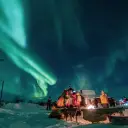
Day 9
The city of Northern Lights
The city of Northern Lights
AltaAt 70 degrees north, this town is far above the Arctic Circle. The area is known for particularly good Northern Lights visibility, so keep your camera ready.
On our included excursion, you can find out more about day-to-day life in Alta, see prehistoric rock art, and visit the Northern Lights Cathedral. The cathedral has an exhibition showing how Alta became the centre for ground-breaking research of the Aurora Borealis between the 19th and 20th centuries.
Increased snowfall in the winter allows for some truly authentic Arctic excursions, like dogsledding. Alternatively, join your Coastal Experience Team on a hike to Mount Komsa. The views are mesmerising.
The snow and climate of Alta also create the perfect conditions to build and maintain the Igloo Hotel. Located on the banks of river Alta and made from 250 tonnes of ice, this is the world's northernmost ice hotel, decorated with ice sculptures and wall carvings.

Day 10
Arctic beauty awaits
Arctic beauty awaits
NarvikNarvik was originally developed as a year-round, ice-free port for the nearby iron ore mines. Nowadays, it’s known for its World War II heritage and as a gateway to active pursuits such as skiing, dog sledding and hiking.
On optional excursions, you can dive into Narvik's intriguing past at the Narvik War Museum, where the town's World War II history comes to life with engaging exhibits and narratives.
For a journey through the heart of the region, hop aboard the Arctic Train and travel along the iconic Ofoten Railway, treating yourself to panoramic views of majestic mountains. For panoramic views of Narvik from above, ride the cable car to the top of Narvikfjellet.
Narvik sits on a peninsula where three beautiful fjords meet. It was originally developed as a year-round, ice-free port for the nearby iron ore mines. Nowadays, it’s known for its World War II heritage and as a gateway to active pursuits such as skiing, dog sledding, and hiking.
Get to know Narvik's past at the Narvik War Museum complete with engaging exhibits that bring to life the town’s strategic importance during World War II.
For an impressive panorama of Narvik, the best thing to do is ride the cable car up Narvikfjellet. At the top, you’ll be treated to astounding views of the town and the three surrounding fjords.
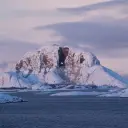
Day 11
Cruise the inner coastal route
Cruise the inner coastal route
After Narvik, we head south along the enchanting Norwegian coast. You’ll be in awe of windswept islands, sheltered bays, and some of the most beautiful fjords in the world. It’s also inhabited by a wide range of wildlife, such as majestic Sea Eagles.
When we started sailing north of the Trøndelag region in 1893, much was still unknown about the coastline. But, over the years, we’ve become experts in these waters. Today, we are among the few with the maritime knowledge and skill to take you through the many skerries, islets and hidden fjords that characterise this stretch of coast.

Day 12
Alpine village by the fjord
Alpine village by the fjord
ÅndalsnesAfter docking in the town centre in the morning, you have the chance to explore Åndalsnes, a picturesque coastal town located along Isfjord at the end of Romsdalsfjord.
The literal highlights of Åndalsnes are the mountains that tower over the town. They are the reason the town has become Norway’s go-to destination for hikers, climbers, skiers, and more. The Troll Wall, a 1,000 metre vertical cliff along the Romsdalen valley also attracts adrenaline seekers the world over.
Take in the sights with a city walk and a relaxing ride on the Romsdal Gondola which takes you to the top of Nesaksla Mountain, 708 metres above sea level. There, enjoy a 360-degree view of the mighty Romsdalshorn, Åndalsnes town centre below, and the Rauma river.

Day 13
Beautiful Bergen
Beautiful Bergen
Bergen – gateway to the fjordsSurrounded by seven mountains and the sea, the old capital of Bergen is one of Norway’s most picturesque and historic cities, as well as being its second largest.
Stroll through the UNESCO-listed Bryggen district and discover its colourful wooden wharfs dating back to the 14th century. Bergen’s famous fish market is worth a visit, too. It promises to be a feast for the senses with the sights, sounds, and smells of bountiful, fresh seafood which can be cooked there and then for you.
One of the best-known attractions in Bergen is the Fløibanen funicular, which brings you to the top of Mount Fløyen. The summit has a wonderful view over the city, the nearby fjord, and the other surrounding peaks.
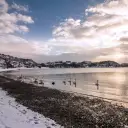
Day 14
The city of lighthouses
The city of lighthouses
KristiansandWe spend the last afternoon of your voyage in Kristiansand, Norway’s fifth-largest city, sitting along the southern tip of the country,
Kristiansand is on a mission to become the most sustainable port in Europe. Find out more about this admirable quest on an optional excursion that includes a visit to Odderøya Island.
Or delve into Kristiansand’s 20th-century military past on an optional excursion to Batterie Vara. Originally built as a German fort in World War II, it features the world’s second largest cannon ever to be mounted on land.
Back on the boat, we’ll end our voyage on a high note with an end-of-trip farewell dinner. Take this opportunity to trade photo highlights and experiences with your fellow travellers one last time.

Day 15
Back where we began
Back where we began
OsloFrom the south to the north, and back to the south, reflect on your journey as you watch our return to our first – and now last – port of the voyage, Oslo, in the early morning. Say your goodbyes to the crew and disembark the ship, marking the end of your travels with us.
You’ve sailed on The North Cape Line, getting to know Norway’s coastal cities and villages all the way to the top of the European continent. During the journey, you’ll have experienced Norway’s varied climate, seen majestic mountains and fjords, and maybe gazed up in awe at the Northern Lights once or several times.
We hope you’ll cherish each of the memories of The North Cape Line that you’ll take home with you. Come sail with us again soon, on another iconic voyage of our spectacular home: the Norwegian coast.
